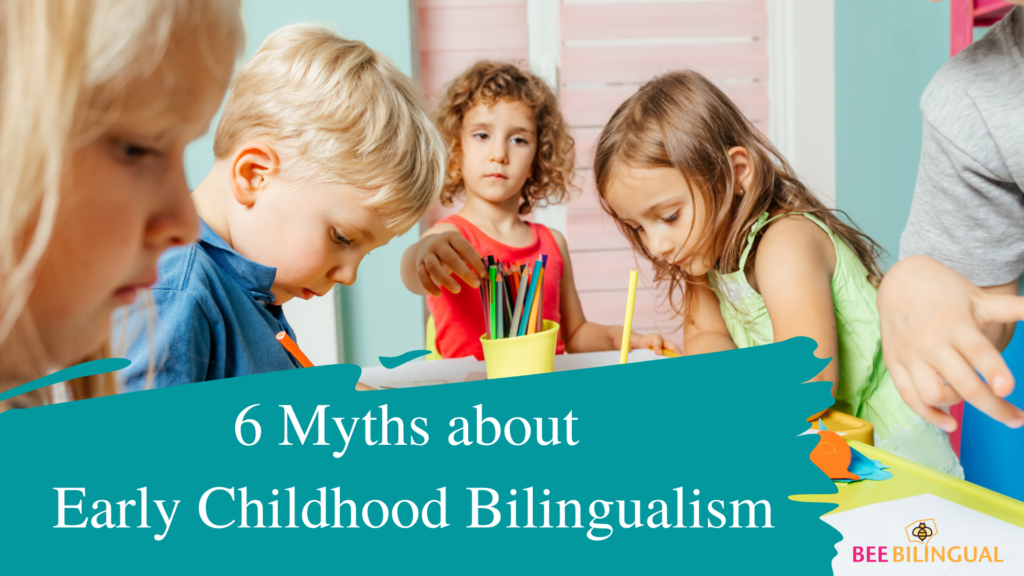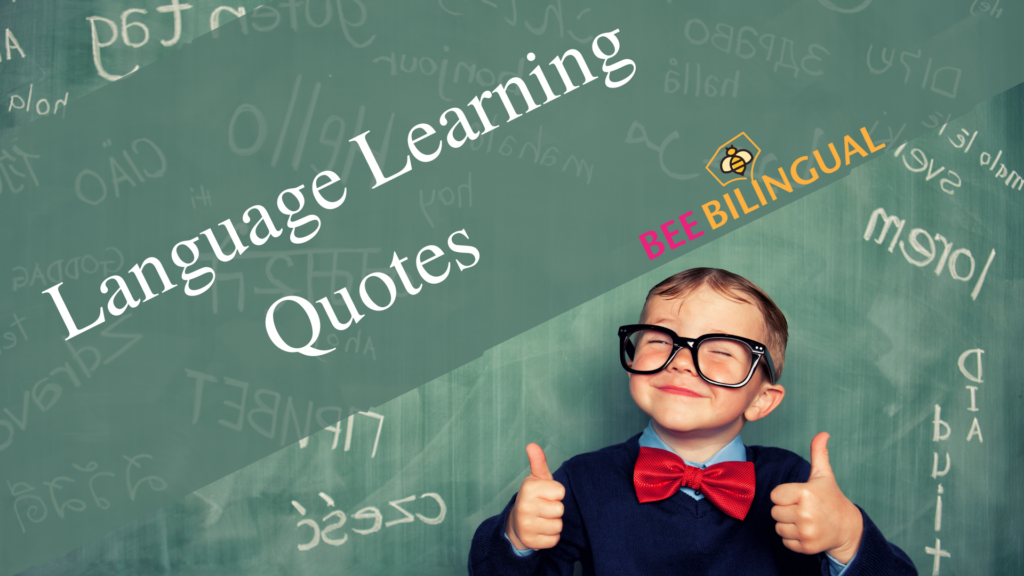The mixed-language strategy is perhaps the most common method when it comes to raising bilingual children. Another very popular strategy is the one-person-one-language approach, where each parent speaks a different language with the child.
Of course, every method comes with advantages (and also some disadvantages). In this blog post, we will take a closer look at the mixed language strategy and why it could be the right choice for your bilingual kids.
The mixed-language method involves mixing both languages at home and utilising each language in different contexts. Basically, both parents speak the home language and the second language at home/ in normal family life.
A day in the life of bilingual children that are raised with the mixed language method could be like this: in the morning, they wake up, and their parents might speak to them while they are having breakfast. Their parents could use both languages when talking to their children. For instance, Mom speaks Spanish first, then English, and Dad speaks English first, then Spanish. Sometimes, a conversation could start in one language and then end in another. At school, the child will be exposed to only one language (in most cases), and then at home, both languages will be used by each parent again.
Advantages of the mixed-language strategy
- No restricted language usage
- Less pressure for parents
- An emphasis on the importance of each language
- Encourages the child to use both languages at home.
- There are no rules such as “when you are talking to mum, you should speak German” or “when you talk to dad in the evening, you should speak English.”
Disadvantages of the mixed language strategy
- A lack of monolingual conversations
- One language might be (unintentionally) favoured over the other, which could lead to a decline in bilingualism.
It is important to use both languages in an equal and balanced way, or the mixed language strategy may have a detrimental effect on one language, whether it is the home language or the majority language.
Who is using the mixed-language approach?
This approach can often be found in bilingual communities and large families with multiple levels of bilingualism.
Tips for using the mixed-language method
- Have a plan and monitor the language input!
- Make sure that you don’t accidentally favour one language over the other.
- Read books and watch movies in both languages.
- Use language teaching books that use both languages (such as the Bee German series).
- Use activity worksheets that use both languages.
- Don’t forget about your home language! Sometimes the second language or majority language might be preferred by the child (or parents), but in order to become bilingual, effort must be put into both languages.
Whether you decide to use the mixed language strategy or another one, remember that it is important to be consistent. Explore other bilingual strategies before you decide which one is best for you and your family. And, of course, you can also mix elements of different approaches to create your own bilingual system. The most important aspect of raising bilingual children is to have some kind of system that nurtures the use of both languages.
As you know, raising bilingual children can be challenging but also incredibly rewarding. The mixed language strategy is an excellent method for achieving bilingualism and may be a great option for many bilingual families.


